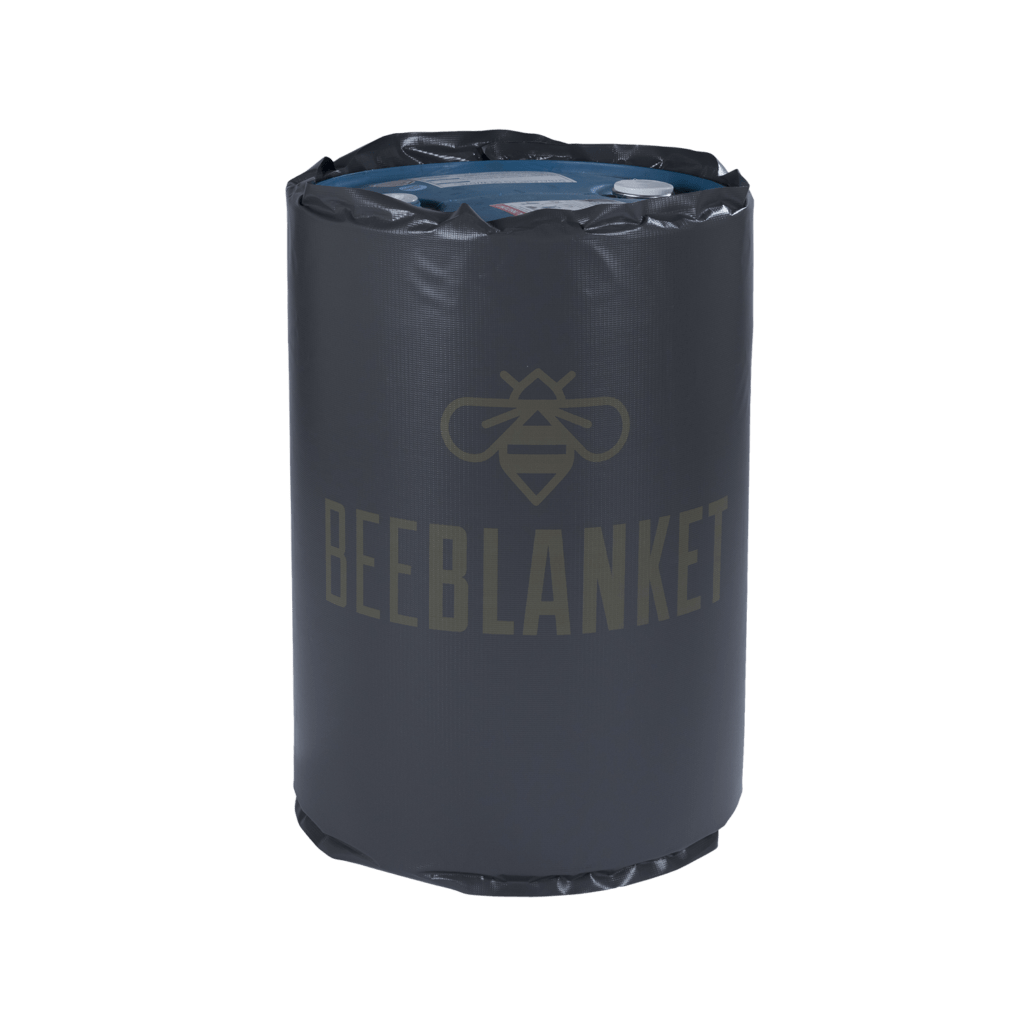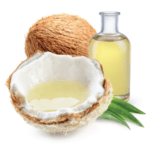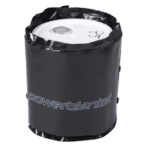Heating Honey Without Burning It
Honey is full of enzymes that are essential to our health. Not only that, but honey is also full of antioxidants and flavonoids. However, enzymes, antioxidants, and flavonoid content in honey are all dependent on temperature. In other words, these nutrients are temperature-sensitive. Improperly heating honey will destroy the nutrient density.
The most important aspect of honey processing is maintaining quality. Carefully control the heating honey process. In order to liquefy honey, it is best to heat it at 35-40°C (95-104°F). The temperature should not go beyond 40°C (104°F) to avoid overheating. Doing so causes honey to become an extremely tacky glue-like substance that is difficult to digest. So the moral of the story is this: to maintain the amazing qualities of honey, you have to keep it at the ideal temperature.
Heating honey sounds easy, but heating without burning it is trickier than it sounds. Liquefying and straining honey requires heat. Heat removes crystallization in natural honey and reduces the viscosity. Both liquefying and straining make a product to clean and process as creamed honey or filled into a jar.
To keep the nutrients in honey and avoid burning or damaging it, heat honey slowly over a longer period of time using a drum heater with even heat distribution.
Overheating honey for any period of time will reduce its quality by destroying its enzymes, causing a loss of delicate flavor and aroma, and darkening the honey’s color. Heating must be done with care if the nutritional value of the honey is not to be spoiled.
The Bee Blanket allows beekeepers to heat their honey slowly and evenly, maintaining the nutrients and enzymes that are beneficial while still liquefying the honey for ease of use. This revolutionary product takes the guesswork out of heating honey properly.
Raw Honey vs Regular Honey
Raw
- This type of honey is best described as honey “as it exists in the beehive.”
- Raw honey is directly extracted from the honeycombs of the hive and then poured over a mesh or nylon cloth to separate the honey from impurities like beeswax and dead bees
- Once strained, raw honey is bottled and ready to be enjoyed.
Regular
- Regular honey involves several more steps before it is bottled — such as pasteurization and filtration
- Pasteurization destroys the yeast found in honey by applying high heat–extending the shelf life and making it smoother
- Also, filtration further removes impurities like debris and air bubbles so that the honey stays as a clear liquid for longer.
- Some commercial honeys are additionally processed with ultrafiltration. This process further refines it to make it more transparent and smooth, but this can remove beneficial nutrients like pollen, enzymes, and antioxidants.
Honey Warming Sources
Look for a heating source that:
- Is not a band heater. Slow heat is the safest way to heat your honey, so avoid using a band heater or an uncontrollable heating source such as an open flame.
- Heats over a long period of time, and safely maintains the temperature preferred by customers–between ambient and 100°F.
- Provides an even distribution of heat from top to bottom of the barrel, which avoids cold and hot spots and lets you know that your barrel of honey is without darkening or burning.
Also, look for a product that will liquefy within 12 hours, even if it doesn’t completely liquefy for 24 hours.
The Bee Blanket

The Bee Blanket honey heater is an easy-to-install heating solution for honey producers and bottlers. With this insulated vinyl heat blanket, you can heat your honey to the ideal temperature without worrying about overheating.
Beekeepers and honey producers understand that maintaining proper viscosity is important for bottling and working with honey. But, as already mentioned, heating honey through traditional methods will cause you to lose valuable nutrients. Now, here’s where the Bee Blanket comes in.
The difference with the Powerblanket Bee Blanket heating solution is that it maintains the same temperature as a hive. With low-level internal thermostats, you can apply the Bee Blanket and leave it be. There’s no need to worry about overheating your honey because the Bee Blanket will never get too hot.
Ben Zeller, who has been beekeeping for over a decade, said, “Before, it was easier for the honey to go dark, and it took much longer to get it to flow.” He explained, “I use the blankets as a heater to decrystallize the honey. After it’s fluid, we keep it consistently warmed at 95°F using the Bee Blankets.”
Standout Features of Bee Blanket
- Cinch straps to secure tight fit
- Blanket temperature goes from ambient to 90°-110°F
- One heat zone
- Highly efficient design saves time and energy
- Water-resistant
- Works on both poly and steel buckets/pails
- Prevent overheating your honey and help minimize crystallization
- Keeps your honey at hive temperatures so you don’t lose nutrients
- All models are certified by ETL to UL & CSA safety standards
For more information, call Powerblanket at 855.376.0491 or email us at [email protected].
Frequently Asked Questions
What temperature does honey caramelize at?*
Honey begins to caramelize at temperatures above 160°F (71°C), which alters its flavor and composition.
At what temperature does honey scorch?
Honey can scorch at temperatures above 160°F (71°C), leading to a loss of its natural qualities and a change in taste.
Can I put honey in the oven?
While you can put honey in the oven, it's important to keep the temperature low to preserve its beneficial enzymes and flavor, ideally not exceeding 104°F (40°C).
What temperature spoils honey?
Honey starts to degrade and lose its beneficial properties when heated above 104°F (40°C), so it's best to keep it below this temperature to maintain its quality.
The Powerblanket Bee Blanket will maintain the same temperature as a hive, ensuring your honey is always at the perfect temperature.








